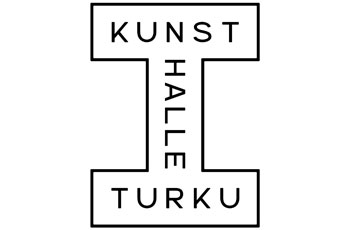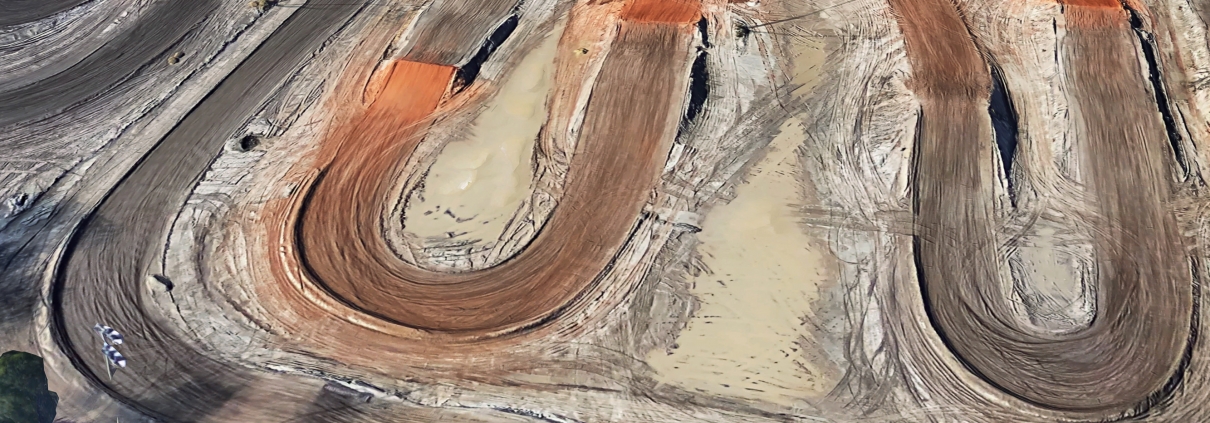Eva-Teréz Gölin’s exhibition Smoke Signals challenges the conceptions of reality in photographs. The exhibition presents a world based on photogrammetry and built by Google 3D-modeling.
In the early days of photography, capturing an object into an image meant long exposure times – creating alternative realities with photogrammetry also requires several back to back exposures. And so the object moving from one exposure to the next disappears from the image either partly or completely. Vehicles which have moved at a fast speed have disappeared entirely, and the streets of the city are a gape from emptiness. Human figures have found themselves in the image only on beaches, as we lay enjoying the rising temperatures despite the climate crisis, as if we were tossed into the sand and swept from the sea.
Eva-Teréz Gölin’s artistic work is based on automatic and digital procedures, most of which make use of machine vision. In the last years Gölin has made visible our consumption habits and our society based on constant growth through images, e.g. with the help of Google’s digital map services’ (Google Maps 3d and Street View) image bank. The basis and framework of Gölin’s work is always the photograph, but by using digital methods she challenges both the human vision as well as computer vision.









